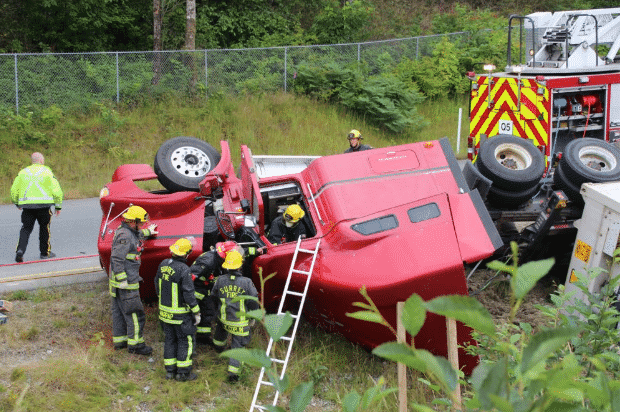Get the help you need right now 855-900-8437 Get Help Now
Get the help you need right now 855-900-8437 Get Help Now
November 8, 2019
At the end of a call, what fire fighters experience on the job can stick with them long after their shift ends.
As a fire fighter, you may encounter a potentially traumatic event (PTE) more than once during your career. A potentially traumatic event is any event that threatens injury, violence or the loss of life. You might directly experience the event, see the event happen to someone else or have direct exposure to aversive details of the event in its aftermath. Examples of a PTE may include:
Responding to a call that involves one or more PTE factors can impact how you store and process that memory in your brain. During the fight or flight response, memories are encoded into vivid pieces, such as sights, smells, sounds or feelings experienced during the traumatic event. These fragments can be re-experienced as flashbacks, intrusive thoughts or nightmares long after the event has ended.
Other symptoms of post-traumatic stress disorder (PTSD) can include dissociation, distorted beliefs about your role in the event, feeling detached from others, inability to experience positive emotions, irritability, sleep disturbance and exaggerated startle response. When these symptoms persist for longer than one month, they can wreak havoc on your quality of life.

Even with the physical training and certifications fire fighters complete, it can be difficult to prepare for what you may see and are exposed to during your career. It’s important that crew members provide support during and after traumatic calls, as family members may not understand the impact of these events in the same way.
Conversations after the PTE can help you process what you’ve just experienced. Some of the most resilient fire fighters are those who discuss their toughest calls with their brothers and sisters in the firehouse. Battalion chiefs or other station leaders should also remind the crew that behavioral health resources are available through the fire department, local or employee assistance program (EAP).
In addition to processing the traumatic event with others, mind-body interventions may be helpful as well. One study found that mindfulness-based stretching and deep breathing may reduce cortisol levels and help manage symptoms of PTSD. Other approaches may include yoga, meditation, guided imagery or progressive muscle relaxation. One study conducted by the University of Liverpool found that writing or keeping journals — especially accounts of traumatic events — could help reduce the fragmented memories created by the brain during a life-threatening experience.
PTSD may not be preventable, but be sure to recognize signs and symptoms in order to respond sooner. For more information, see the IAFF Guide to Understanding Post-Traumatic Stress, Acute Stress Disorder and PTSD.
If you or someone you know struggles with PTSD, substance abuse, addiction or other behavioral health problems, many different forms of help are available.
The IAFF Center of Excellence for Behavioral Health Treatment and Recovery is a comprehensive treatment center designed exclusively for IAFF members struggling with addiction, PTSD and other co-occurring mental health problems. Call today for a confidential screening for you or a loved one.
Sources:
Kim, Sang Hwan; et al. “PTSD Symptom Reduction With Mindfulness-Based Stretching and Deep Breathing Exercise: Randomized Controlled Clinical Trial of Efficacy.” The Journal of Clinical Endocrinology & Metabolism, May 29, 2013. Accessed October 24, 2019. Cloud, John. “A New Study Shows How We Can Prevent Some Cases of PTSD.” Time, September 20, 2010. Accessed November 7, 2019.
Medical Disclaimer: The IAFF Center of Excellence aims to improve the quality of life for people struggling with a substance use or mental health disorder with fact-based content about the nature of behavioral health conditions, treatment options and their related outcomes. We publish material that is researched, cited, edited and reviewed by licensed medical professionals. The information we provide is not intended to be a substitute for professional medical advice, diagnosis or treatment. It should not be used in place of the advice of your physician or other qualified healthcare provider.